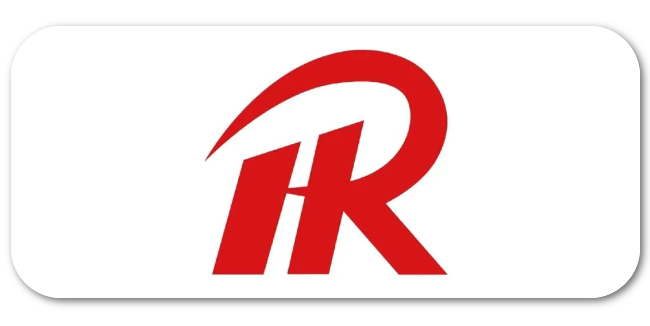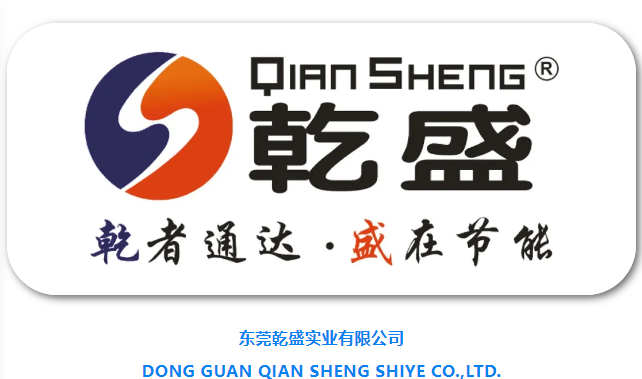
Major players in the cold chain market are Agro Merchants Group LLC, Americold Logistics, Lineage Logistics LLC, Nichirei Corporation, Burris Logistics Inc, Kloosterboer Group B.V Henningsen Cold Storage, VersaCold Logistics, Cold Chain Technologies Inc, and Hanson Logistics.
The global cold chain market is expected to grow from $239.67 billion in 2021 to $269.1 billion in 2022 at a compound annual growth rate (CAGR) of 12.3%. The market is expected to grow to $376.06 billion in 2026 at a compound annual growth rate (CAGR) of 8.7%.
The cold chain market consists of sales of cold chains and related services by entities (organizations, sole traders, and partnerships) that provide cold chain storage services.These services are used for the management and transportation of temperature-sensitive products through refrigeration, thermal packaging, and other methods.
This plays a crucial role in temperature control for the perishable goods and assures the quality and health of the perishable goods to the final consumer across the distribution chain.
The main types in the cold chain market are refrigerated warehousing and refrigerated transport.Refrigerated warehousing or cold storage is a place where temperature-controlled goods are cooled or stored to prevent them from decaying or not adhering to laws and regulations that apply to that item.
The various temperatures used in the cold chains include frozen and chilled. Cold chain storage is used in different sectors such as pharmaceutical, healthcare, food & beverages, chemical, other industrial verticals.
North America was the largest region in the cold chain market in 2020. Asia Pacific region is projected to record the fastest growth over the forecast period. The regions covered in this report are Asia-Pacific, Western Europe, Eastern Europe, North America, South America, the Middle East, and Africa
Growing consumer demand for perishable foods contributed to the growth of the cold chain market in the historic period.The demand for perishable foods such as dairy products, fruits, vegetables, and meat is growing with the increasing urban population and changes in the eating habits of the populace.
Consumers are shifting towards the purchase of perishable goods that have a long time until expiration owing to the nature of perishability.Developing markets in the Asia Pacific and Latin America are observing high demand for perishable food products.
According to National Centre for Cold-chain Development, India has added about a million tons of cold storage capacity over the last three years and reached a total of 36.7 million tons in 2019. This can be connected to urbanization, changing tastes and decisions, and the rising disposable income of consumers in these countries. Thus, growing consumer demand for perishable foods supported the cold chain market.
The high operational costs for the cold chains could act as a restraint for the market in the forecast period.The operating costs include energy costs for electricity, real-estate costs, labor costs, and others.
For instance, according to Global Cement and Concrete Association (GCCA) Cold Chain Index 2020, labor accounted for the largest share of expenses, at 46% in the North American refrigerated warehouse market. The high operational costs could hamper R&D expenditure by companies, thus impacting the cold chain market in the forecast period.
Major companies operating in the cold chain market are continuously investing in automation solutions to survive in the competitive business environment.For instance, in January 2020, Kloosterboer, a Netherlands-based company engaged in providing innovative and sustainable solutions in the supply chain for temperature-controlled food products, invested in an automated and extremely sustainable reefer container terminal in its place in the port of Vlissingen.
It was connected with 1020-reefer plugs and under the name of Kloosterboer container terminal Vlissingen.The container terminal was expected to be operational by mid-2020.
The expectation is to process 250,000 TEU annually and was the first container terminal to use automatic cranes.In another instance, in 2020, US-based cold chain provider FreezPak Logistics announced its plan to build a 140,000sq ft facility in New Jersey which will be equipped with an automated storage and retrieval system, using 12 robots to store and retrieve products.
The new facility aims at speeding up the distribution process and cutting lead times for customers.
In November 2019, US-based temperature-controlled food distribution services provider, Americold realty trust, acquired Nova Cold Logistics for CAD 337 million (USD 278 million).The acquisition will help in extending the company position in Canada.
Canada is a developing market with fragmented control of cold storage facilities. Nova Cold Logistics is a Canadian-based company that offers modern cold storage facilities and superior customer care.
The countries covered in the cold chain market report are Australia, Brazil, China, France, Germany, India, Indonesia, Japan, Russia, South Korea, the UK, and the USA.
Read More






















